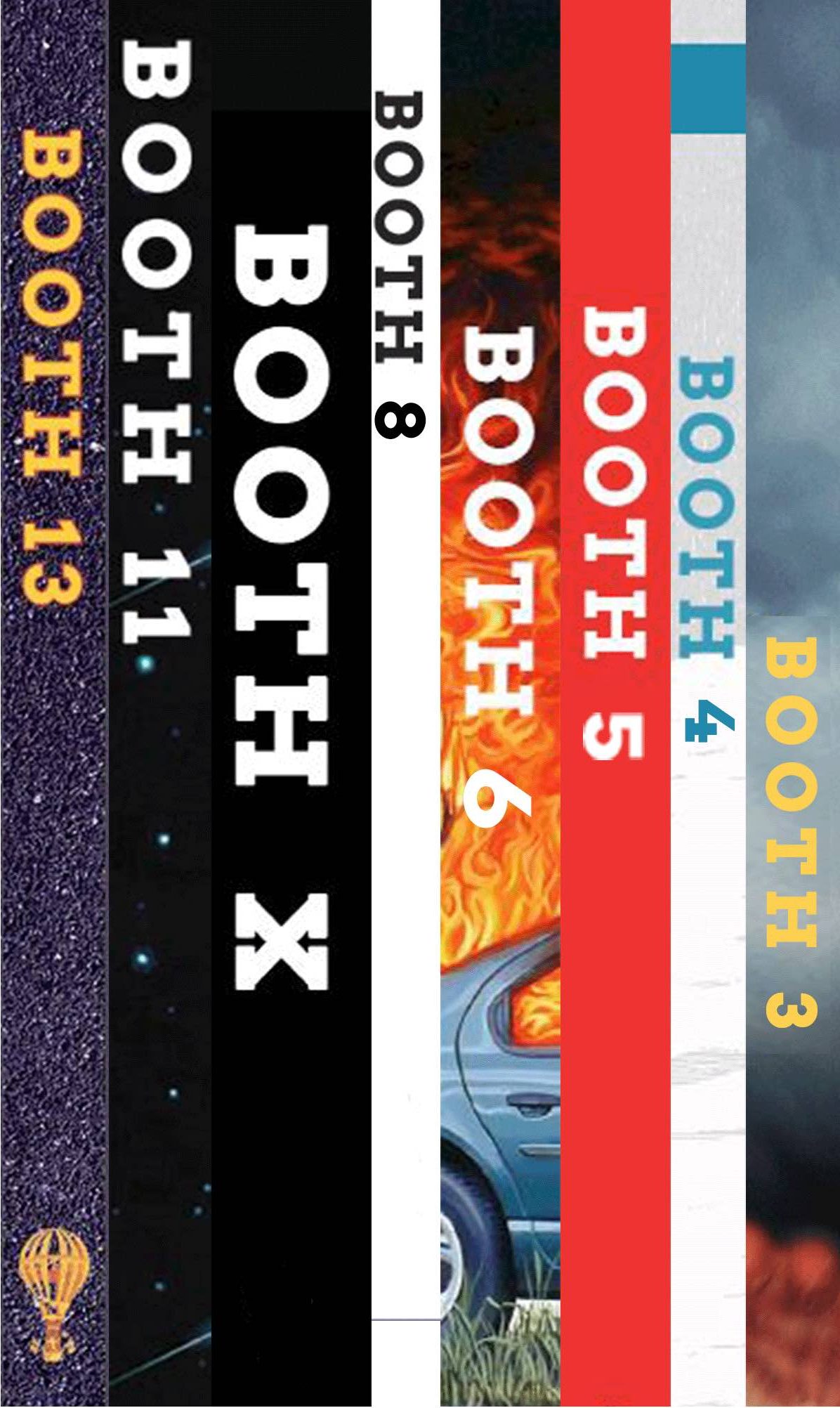Michael Martone
This story is exclusively available in the anthology, Winesburg, Indiana, published by Breakaway Books, an imprint of Indiana University Press, in the spring of 2015. Available wherever fine books are sold, borrowed, or thrown at noisy children.
Michael Martone was born in Fort Wayne, Indiana, and grew up there. As Fort Wayne was the site of, at least, nine forts (three each of French, British, and American fortifications, not to mention fortified villages of the Shawnee and Miami tribes), there was fostered in Martone a keen attraction to walls, fences, barriers of all kinds so much so that he was marked (as he matured) with what can only be thought of as a fetish for such structures which now (years later) expresses itself in his vast collection of examples he displays at his West End house in Tuscaloosa, Alabama. There, the visitor might find field stone walls (dry and mortared, finished and rough), vertical wood-picket fences with various finials and knurls, bamboo stave, horizontal clapboard running fence (reproduced in crosshatching or herring bone patterns), chain-link cyclone mesh, chicken wire, wrought-iron worked, brick, concrete block, red cedar plank snow-fencing, a four yard section of the right field fence bought at auction during the demolition of Yankee Stadium, corrugated galvanized steel, split-rail, adobe, dry-wall, wattle and beam, electrified, a slab from the Berlin wall with graffiti spelling out “wall” in German, and several versions of “invisible” pet fencing. Martone has a real fondness for star fortification (also known as trace italienne) and has in his backyard reconstructed the walled city of Neuhasel in Lower Hungry with its ravelins and redoubts, bonnettes and lunettes and tenailles and tenaillons and counterguards and crownworks hornworks and curvettes and fausse brayes and scarps and cordons and banquettes and counterscarps and the long grassed glacis suitable for picnics. He also has the largest collection of barbed wire in west central Alabama, including an example of contemporary razor and concertina wire. Martone has also written the authorized biography of Joseph F. Glidden (of DeKalb, Illinois), widely regarded as the man who perfected Lucien B. Smith’s original design of the famous agricultural fencing.



